As the world grapples with the transformative power of artificial intelligence, a hidden recession is unfolding, threatening to upend the very fabric of society. The numbers are staggering: Goldman Sachs estimates that AI automation could affect the equivalent of 300 million full-time jobs worldwide. Meanwhile, U.S. companies are reporting record productivity, yet payrolls barely rise. This paradox has left investors cheering the efficiency, but experts warn that history suggests societies will ration opportunity when work becomes scarce, with women often paying the price.
According to a recent report, the U.S. labor market is experiencing a peculiar phenomenon, where productivity is increasing at an unprecedented rate, but job creation is stagnant. The Bureau of Labor Statistics (BLS) reports that the U.S. economy added just 0.2% to its workforce in the first quarter of 2025, despite a 3.5% increase in productivity. This trend is not unique to the U.S.; a similar pattern is observed in other developed economies, where AI-driven automation is displacing human workers.
The implications of this trend are far-reaching and multifaceted. As AI assumes more responsibilities, workers are being forced to adapt to a new reality, where their skills are no longer in demand. This has led to a surge in unemployment, particularly among low-skilled and low-wage workers. According to a report by the McKinsey Global Institute, up to 800 million jobs could be lost worldwide due to automation by 2030.
The impact on women is particularly concerning. History suggests that when work becomes scarce, societies ration opportunity, and women often bear the brunt of the consequences. During the Great Depression, dozens of U.S. states and school districts enacted marriage bars, policies that barred married women from employment or forced them to resign upon marriage, claiming to protect male breadwinners. After World War II, governments closed wartime child-care centers and urged women out of factories so returning soldiers could reclaim their jobs.
The latest developments in AI are exacerbating this trend. The rise of generative AI, which can create content, music, and even entire films, has raised concerns about the displacement of creative workers. The proliferation of AI-powered chatbots and virtual assistants has also led to a decline in customer service jobs. As AI assumes more responsibilities, workers are being forced to adapt to a new reality, where their skills are no longer in demand.
The business implications of this trend are significant. Companies that fail to adapt to the changing landscape risk being left behind, while those that invest in AI and automation may reap significant rewards. However, experts warn that the benefits of AI will be unevenly distributed, with some workers benefiting from increased productivity and others losing their jobs.
In conclusion, the hidden recession triggered by AI is a complex and multifaceted issue that requires a nuanced understanding of the underlying trends and implications. As the world grapples with the transformative power of AI, it is essential to consider the potential consequences of this technology and to develop strategies that mitigate its negative impacts. By doing so, we can ensure that the benefits of AI are shared by all, and that the opportunities created by this technology are available to everyone.



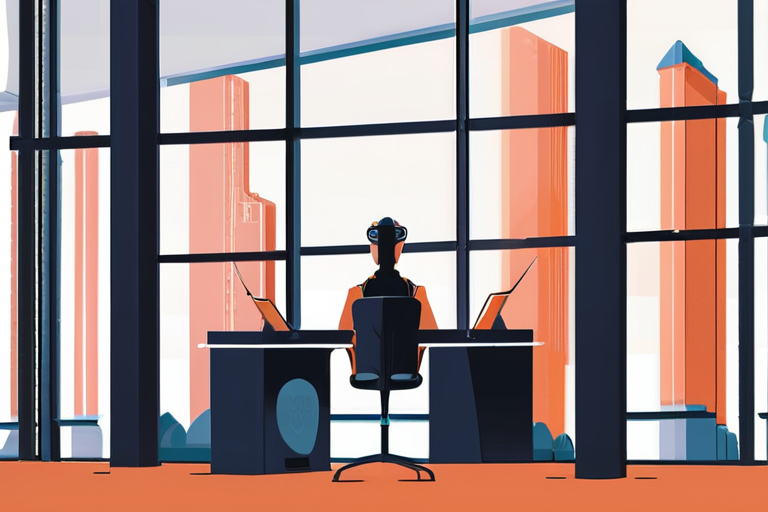
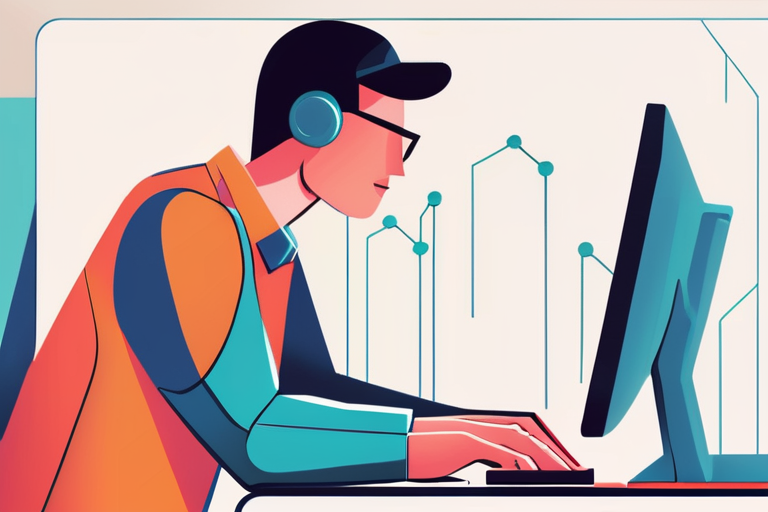

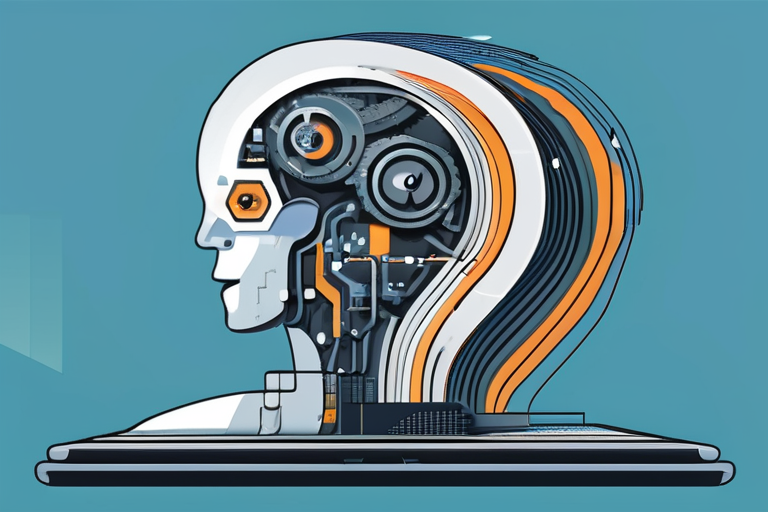
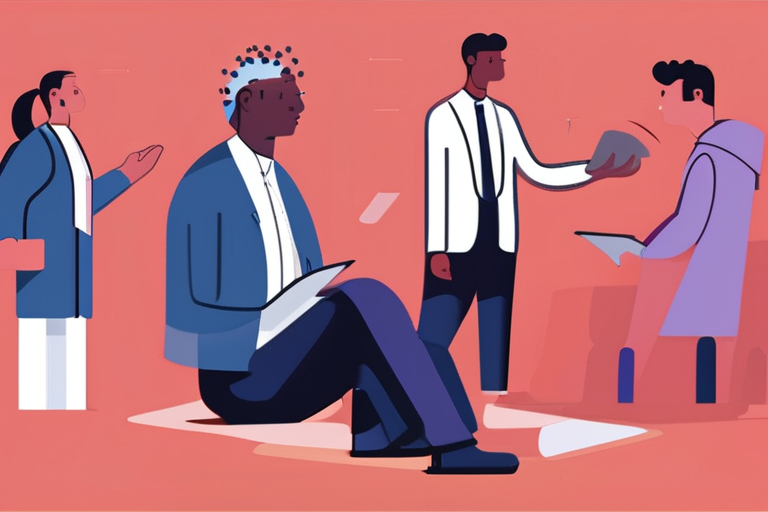

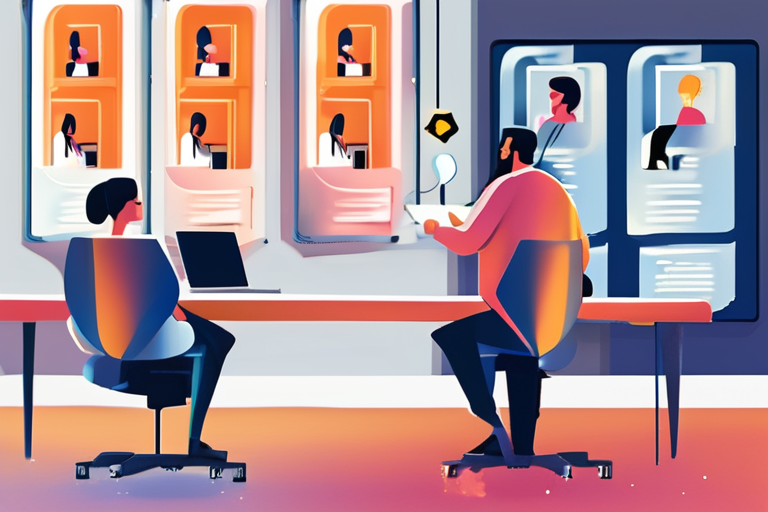
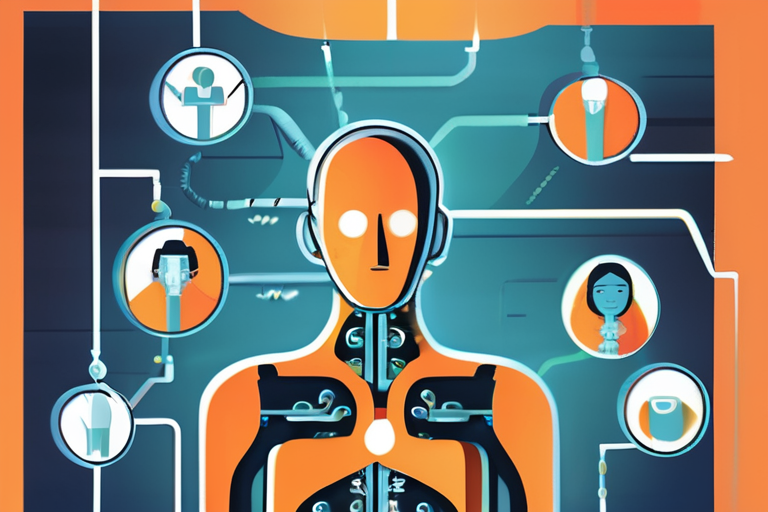
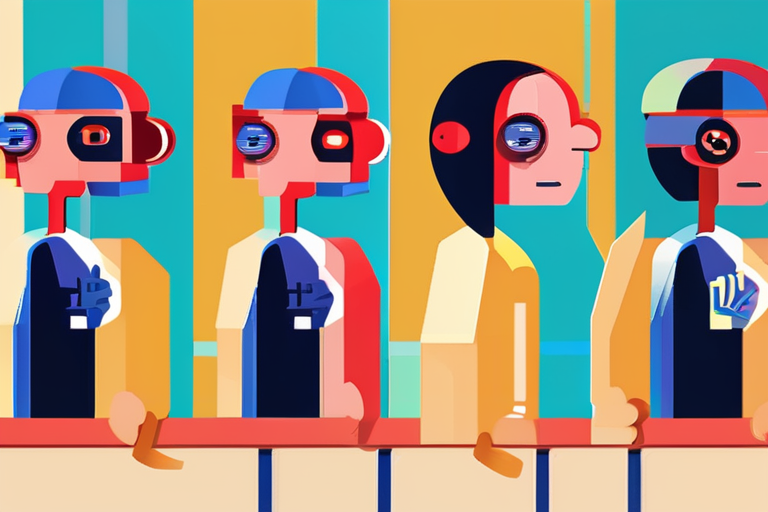
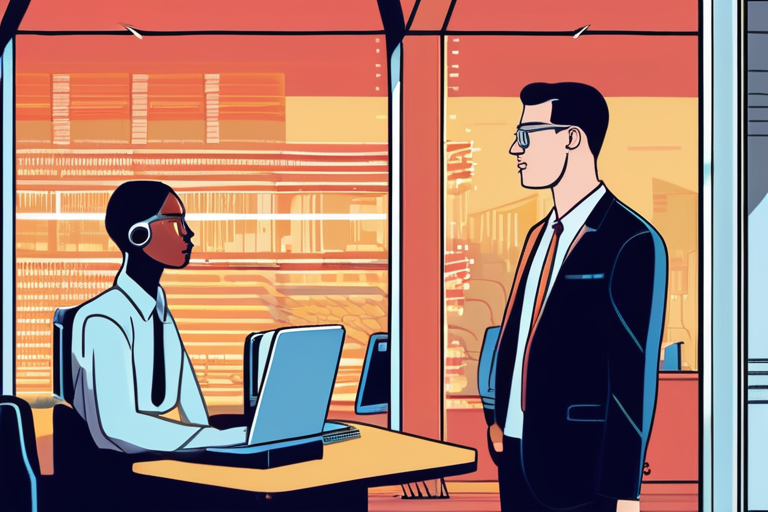
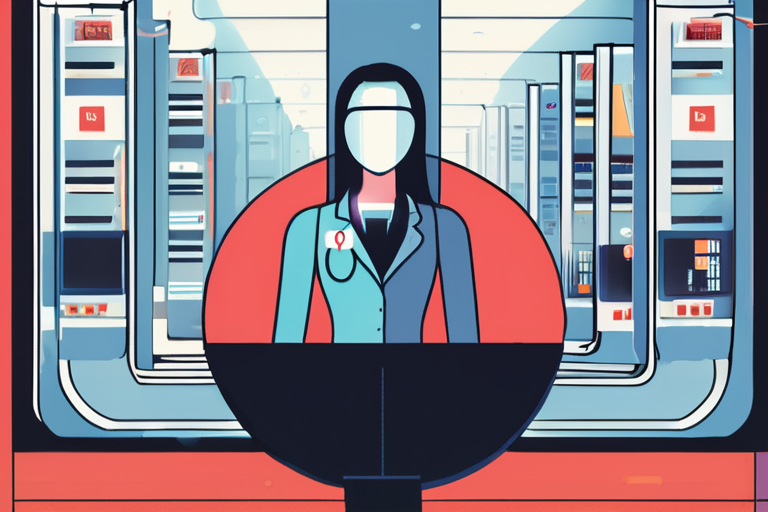

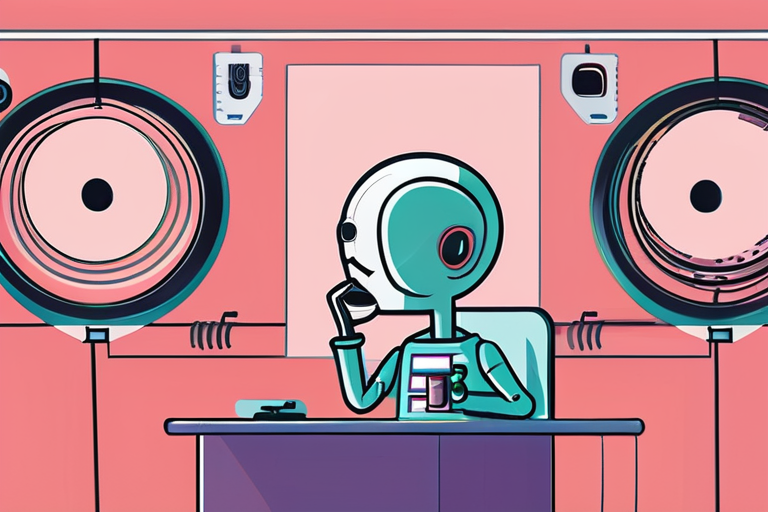
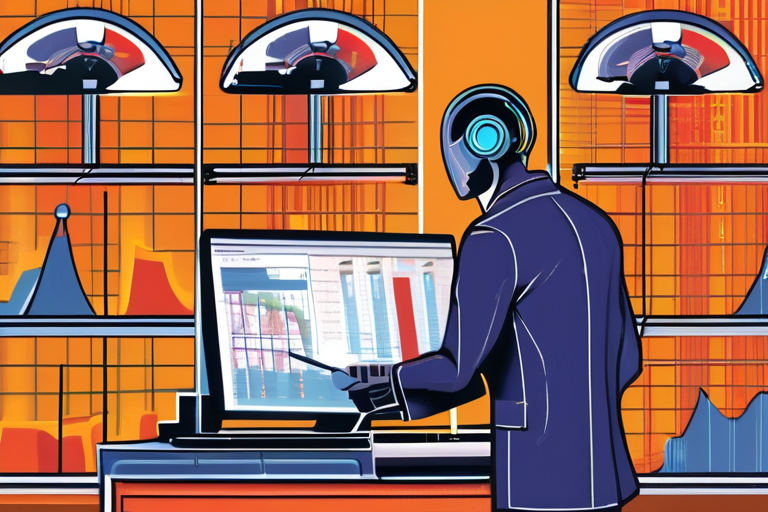
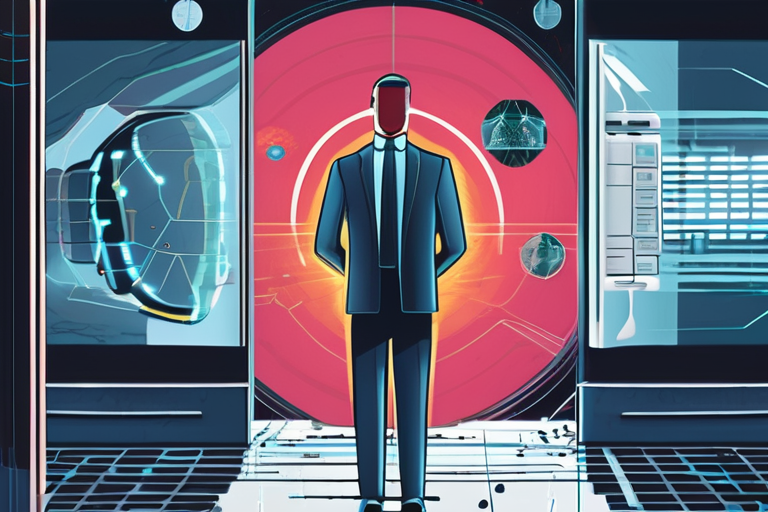
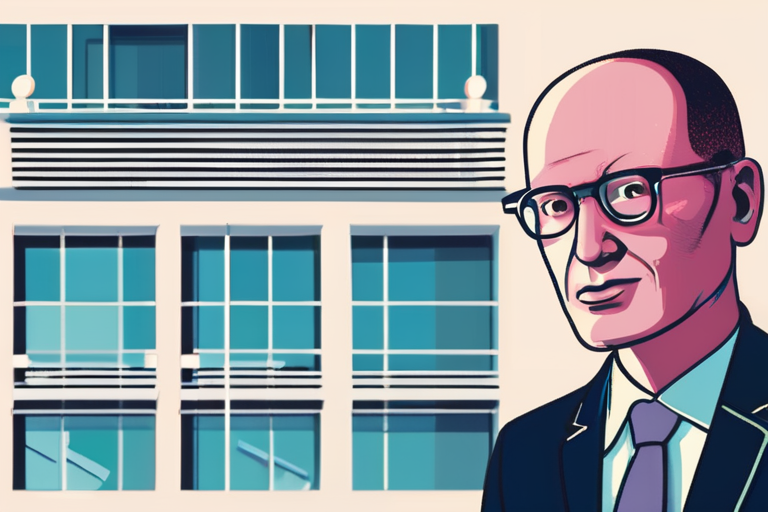

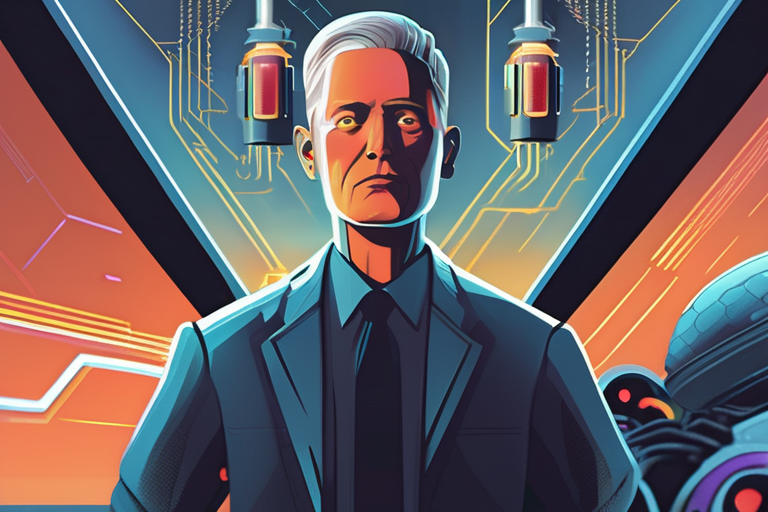
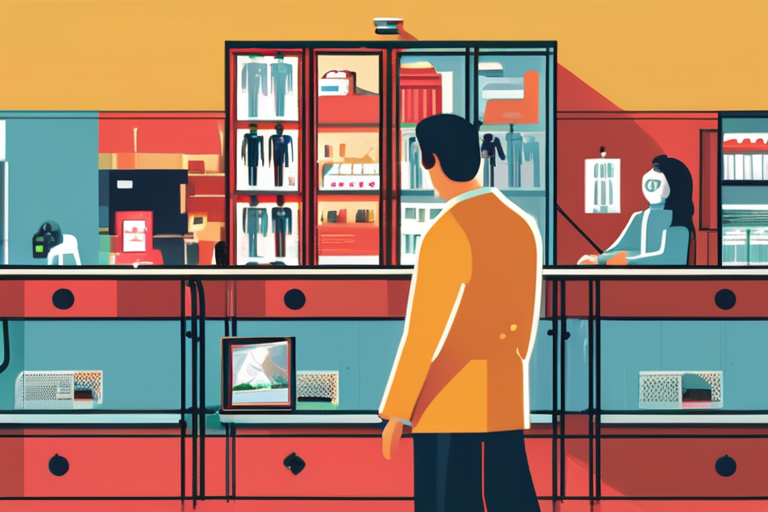

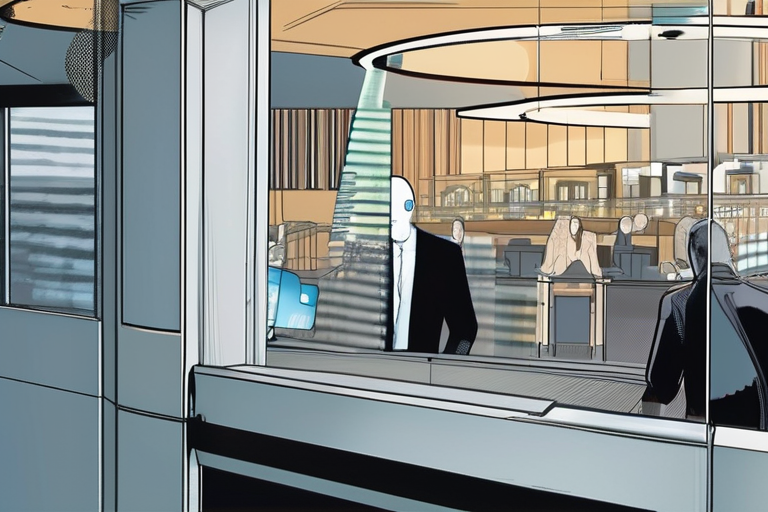
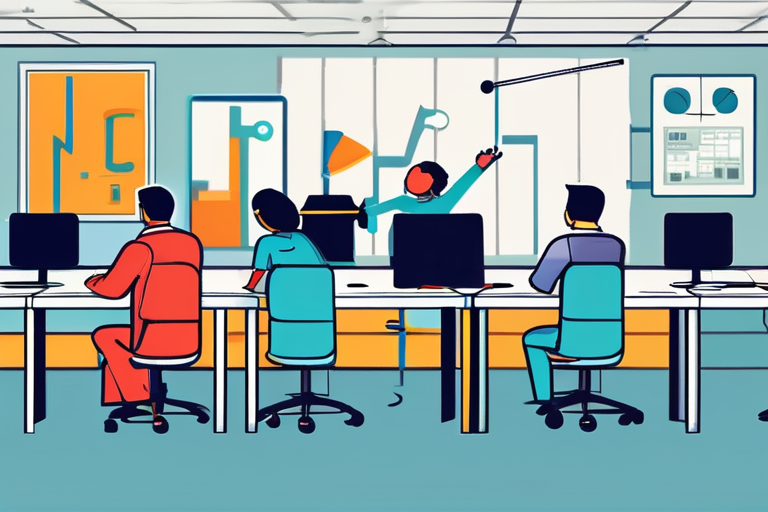

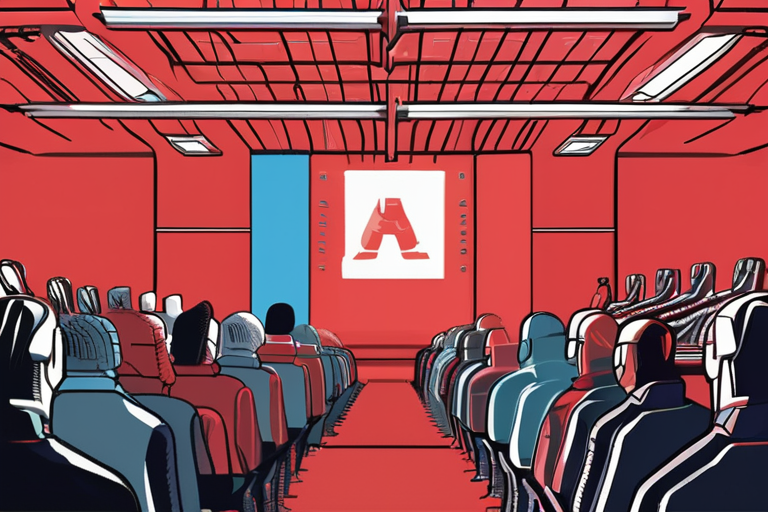
Share & Engage Share
Share this article